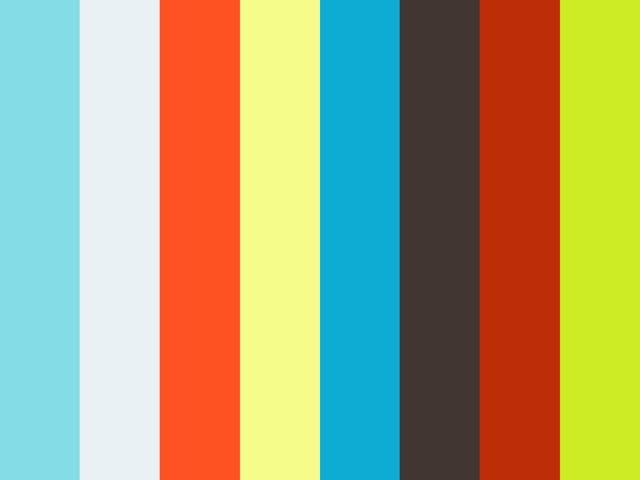inside otv | 2018
2018 saw OTV continuing our path to excellence!
We rebranded as OTV | Open Television with a new website, logo and look, courtesy Elijah McKinnon, our head of marketing & design.
We went on to release a new slate of shows, many winning awards and screening at major festival, solidifying our claim that the best indie TV is being made in Chicago by intersectional artists!
Here’s the rundown:
ART & RECOGNITION
In 2018 we released 9 hours of original programming, including 7 pilots and 7 series.
OTV Originals
Our comedy series included a number of series featuring young black women growing into adulthood in a racist and sexist world, chiefly team-created Velvet, Karla Huffman’s Yogma, and Deja Harrell’s Seeds. Velvet and Seeds both explored the themes of friendship. In the beautifully charming Velvet, two women, one extremely by-the-book the other more devil-may-care, who find solidarity in the professional world of a majority-black firm. The series debuted at the Chicago International Film Festival’s television festival, alongside Kissing Walls and the T and was big hit with local and online audiences. Seeds saw a group of four friends each push the boundaries of how “respectable” black women should act while also exploring how friends hurt each other and reconcile. Deja of Seeds won recognition at SeriesFest for her writing and performance in the show as a female creator, and the show was subsequently nominated for Best Writing at the Streamy Awards. The 3-episode Yogma has more dramatic elements, as the lead grapples with finding sustainability as a black female yoga instructor. For its sincerity and witty writing the show has won a celebrity fan in Patton Oswalt, who continues to support the project!
Our other new comedies focused on women with different intersections. Puja Mohindra put together a whopping 8 episodes of Geeta’s Guide to Moving On, completing the first season. Puja’s show follows Geeta as she tries to get over her ex-fiancé. The story doesn’t shy away from showing the many ways Geeta embarasses herself on her road to self-love and acceptance and uses her friends and family members as comic relief and to show how they people we love are essential for our healing. Rachel Greenhoe’s Symbiotic follows two queer women with disabilities who must navigate life after impulsively moving in together. The series is distinct for its unvarnished look at people with disabilities and the numerous levels of privilege and challenges people face based on what intersections they occupy. These are the noble, perfect disabled people we see in more mainstream fare, but a complicated portrait of people who are as flawed as everybody else.
Arnetta Randall’s Hook Ups premiered at Black Cinema House and follows an interconnected group of black Chicagoans who are sexually connected in queer ways. The series blows wide open and exposes black media’s pervasive heteronormativity and uses humor to show how we are all queer, if only by association.
On the dramedy side we premiered Daniel Kyri & Bea Cordelia’s the T, a never-before-seen story of intersectional friendship. In the T a young white trans woman and queer Black man used to be lovers but it became complicated after her transition. The series is artfully with excellent performances from new and veteran actors alike. No wonder the show screened at Frameline and won Best Indie Series at the Streamy Awards!
OTV Presents
Our Presents vertical saw more indie pilots while not loosing its focus on video art.
Abby Pierce & Cassidy Slaughter-Mason’s Exquisite Corpse and my own collaboratively produced Hair Story, with a Futurehood video from Roy Kinsey BSAYF both focused on diverse co-ops struggling to live together and make rent. Exquisite Corpse is an inventive concept wherein bed bugs invade their living space and they have to determine the culprit and consequences, disrupting the co-op’s sexual and friendly relations. Hair Story also presents co-op conflict but through an Afrofuturistic lens. Here, each performer influenced the writing of their character, and our star Gia (Saya Naomi) from Nupita Obama abandons the conflict to dream of her own journey, a music video collaboratively devised by Roy, aCe b00mbaP and Mister Wallace of the Futurehood. Hair Story represents my best effort to experiment with how indie TV extends the art of the video through music and black queer performance.
Romantic comedy gets a queer and feminist lens in King Is A Fink’s FCK YES and M. Shelly Conner’s Quare Life also produced by King Is A Fink. FCK YES gives us three optimistic vignettes where queer couples have to negotiate various levels of consent, from threesomes to an assortment of kinks. The series aims to model and normalize consent, which is too rare on corporate television. Quare Life introduces a black queer woman and professor who loses everything she held dear within 24 hours. The series demonstrates the power of queer friendship/kinship to help us endure life’s tribulations. Both series have screened in multiple festivals, including Newfest and Outfest!
2018 saw our artists continuing to break the rules of black queer representation, as we see in Alexa Grae and Jon Wes’ Sur La Nuit and Derrick Woods-Morrow’s The Roach is Coming. Sur La Nuit is Alexa Grae’s stunning love letter to their mother from their album, SEEN. Supported by Alexa’s ethereal operatic voice the film is a poetic meditation on royalty and vulnerability, where Alexa performs as an enigmatic princely and queenly character who reckons with owning their power. Derrick Woods-Morrow beautiful Roach combines an intimate conversation he had with a childhood-friend-turned-gay-police-officer with a visual story of two white twin boys fighting or playing with each other. The provocative film speculates what it might mean for white people to perform as black people are expected to perform and be surveilled. The piece offers no easy resolution, only raising more questions about what it means for men to love and support each other amid a racist society.
EXHIBITION & MONEY
In 2018 we continued our commitment to screen our works throughout the city of Chicago, premiering at the Museum of Contemporary Art Chicago for the second year in a row and hosting six screenings at the Chicago Cultural Center in the following weeks. We also screened on the west and south sides at Reunion in Humboldt Park and Black Cinema House in Dorchester. But our series screened outside of Chicago too, including Frameline in San Francisco (the T, Kissing Walls, Southern for Pussy), SeriesFest in Denver (Seeds), the New York Television Festival (Seeds), even Copenhagen (Brown Girls).
In all, OTV pilots and series were programed into 27 Screenings, 17 of them within cycle and 9 of them official OTV-hosted screenings. Attendance at official OTV screenings averaged 100 people, with our biggest event being our MCA premiere at 250.
Online, our traffic grew by over 200,000 views, a smaller number than last year when Brown Girls broke indie TV records in terms of its spreadability.
In terms of money, our internal budget stayed even at around $50,000, while our artists continue to raise capital for their own projects, sometimes with our assistance. Artists raised over $200,000 from crowdfunding, investors and grants, including the Chicago Digital Media Production Fund (CDMPF), Threewalls/Propeller Fund, and the city’s DCASE grant. In particular, OTV artists have successfully won the most funding for the CDMPF grant four years in a row, with the T, cycle 4’s The Right Swipe and cycle 5’s The Hive from head of production Stephanie Jeter collectively earning around $40,000 in funding.
AREAS FOR IMPROVEMENT
As always, OTV is in development, and we will always have areas for improvement.
Supporting Artists From Chicago
It has occurred to myself and the team that we are not tracking in our artist surveys which artists are from Chicago versus those that came of age professionally here. Many of our artists are born and raised but we will be tracking this data quantitatively and reporting it publicly from now on to ensure we are fairly representing the city we call home.
Accessibility
For the hearing impaired many of our programs our now subtitled in English, yet Ester Alegria’s ambivert remains our only show with audio description. Our social media channels also lack photo description for the visually impaired. Lastly, our website could likely use some redesign to improve the user experience across multiple identities and we hope to invest in this in the future as we grow.
Promoting Artists
We need to be more consistent about featuring our artists and showcasing them on our website. For most of last year we let our Community page lie fallow without any new artist profiles. Similarly, our project pages should probably have more information about our artists as well as accolades and significant exhibitions of the work in festivals and other contexts.
We have a lot of work to do in bringing value to our artists and our community. Most of these deficiencies are rooted in a lack of resources. The OTV was still part-time and on contract for most of 2018. We are quickly moving to a more sustainable model as we entered cycle 4 and 5, so we appreciate any and all feedback on how to better develop our artists and community!



